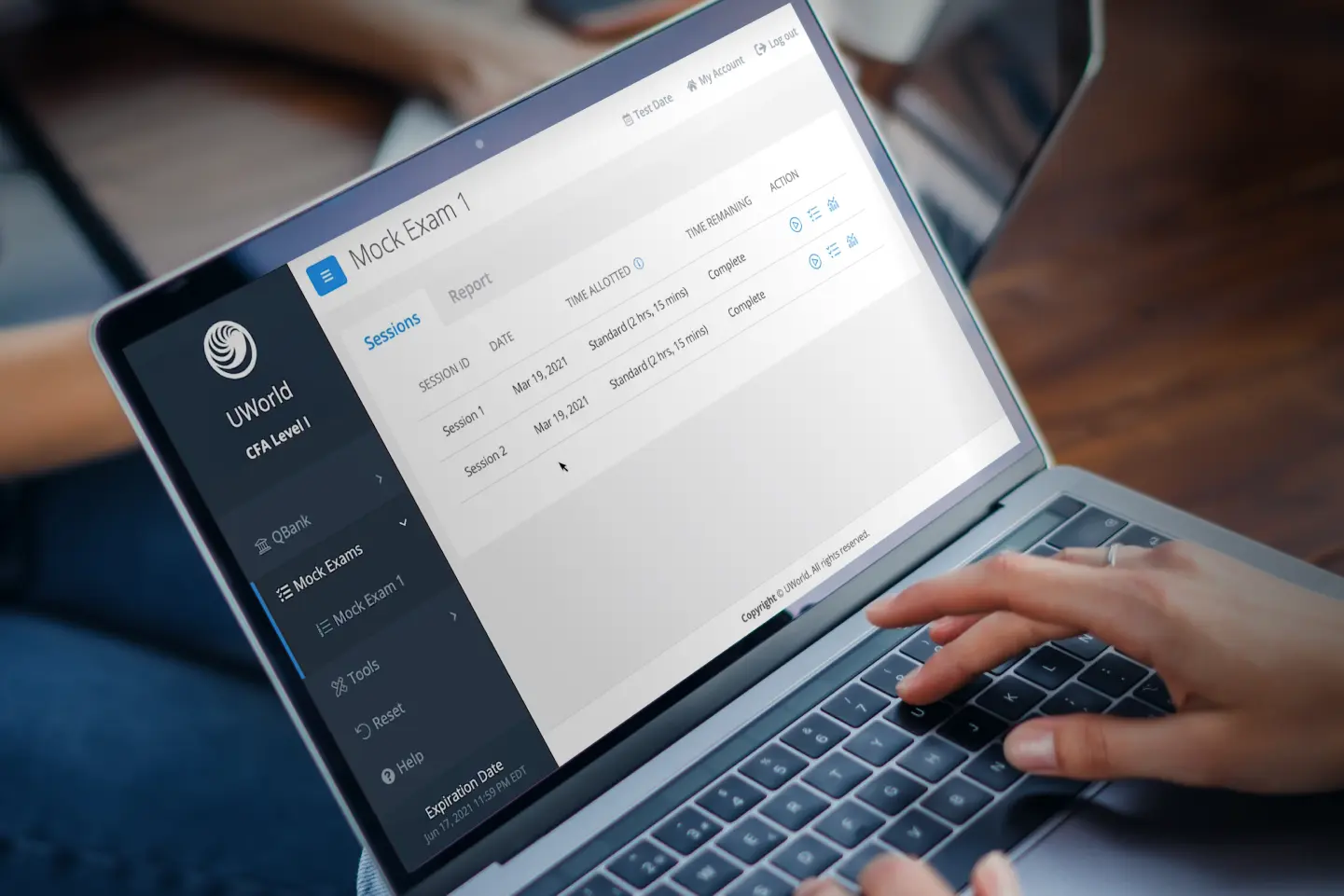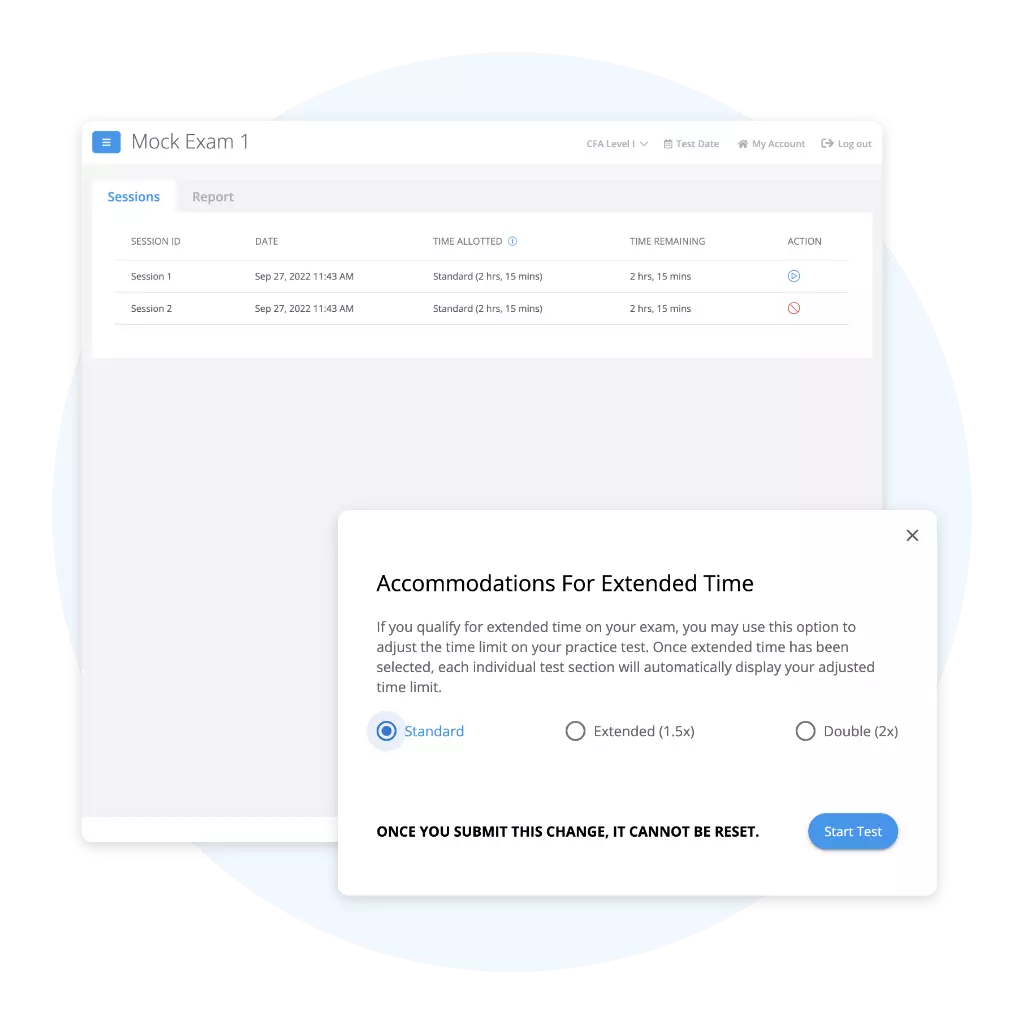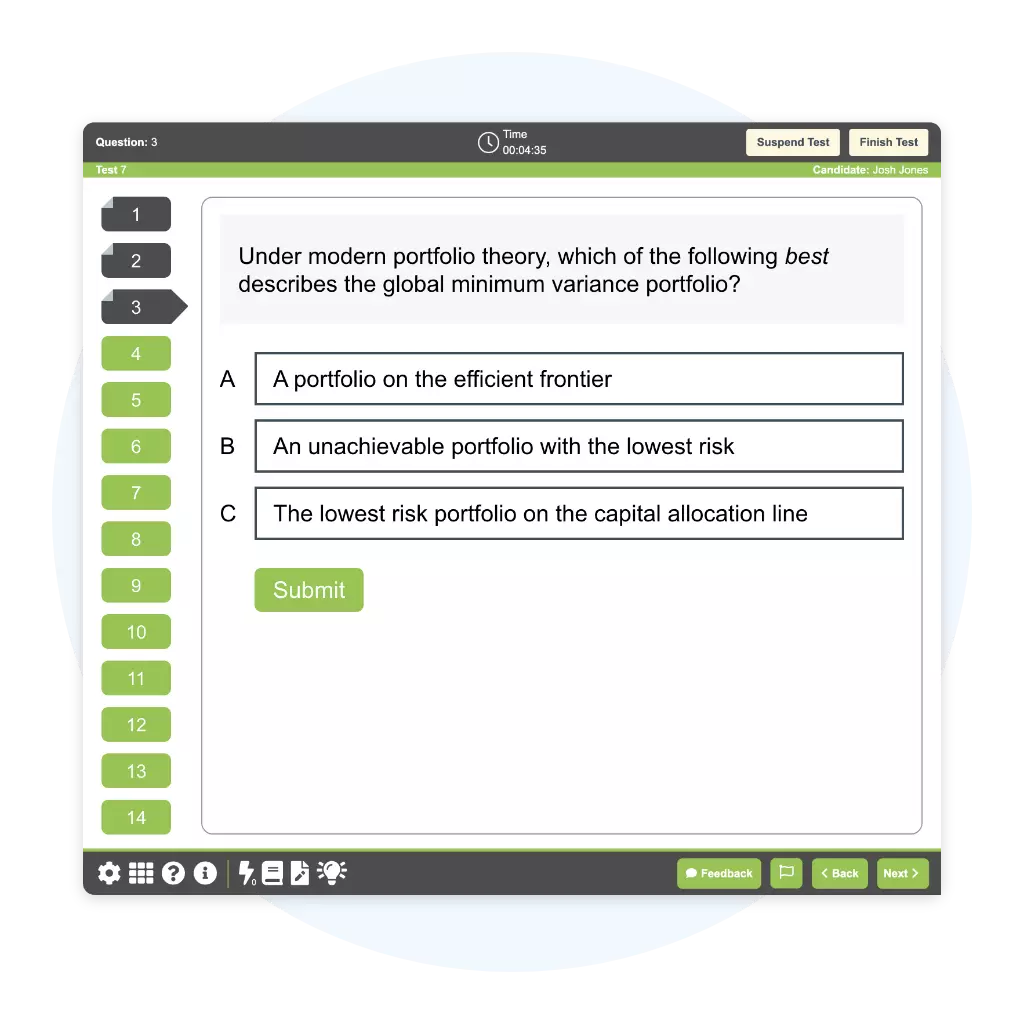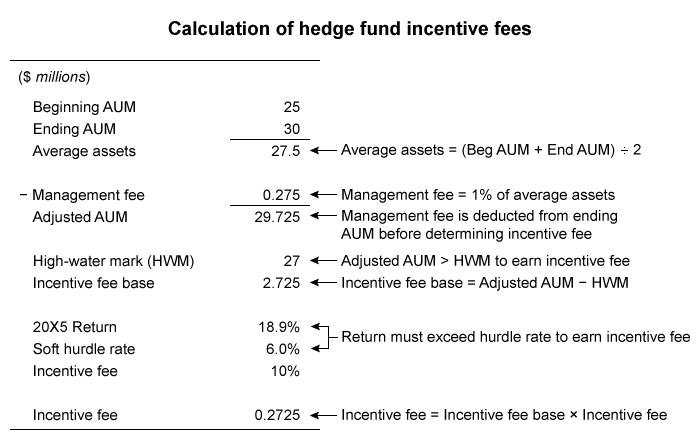CFA® Level 1 Mock Exams

What If You Could Rehearse the CFA Exam Before Test Day?
Fresh, Exclusive Questions
CFAI-Aligned
Authentic Exam Interface
Timed to the Second
Built for Real-World Rigor
Analyze Your Results
Turn Anxiety into Confidence with Every CFA Level 1 Mock Exam
Choose Your Study Style — Save While You Prep
- Expert-Led Video Lectures
- Mock Exam A
- Mock Exam B
- SimpleSheets+
- Study Planner
- Digital FlashCards
- ReadyDecks
- StudyPass
- Study Guides (Printed)
- Mock Exam C
- Mock Exam D
- Mock Exam E*
- Expert MasterClass
- Accelerate BootCamp
- ExpertConnect
- Expert-Led Video Lectures
- Mock Exam A
- Mock Exam B*
- SimpleSheets+
- Study Planner
- Digital FlashCards
- ReadyDecks
- StudyPass
- Study Guides (Printed)
- Mock Exam C
- Mock Exam D
- Mock Exam E*
- Expert MasterClass
- Accelerate BootCamp
- ExpertConnect
CFA Candidate Success Stories

After attempting the mocks on UWorld, which are very difficult, I gained confidence and worked through the loopholes in my knowledge. Great! The explanations are very friendly, and the tools available are useful and time-saving."

The explanations on answers are incredibly detailed, unlike the official curriculum. I am currently using two other providers besides this one. I can say the questions on the mock exam and practice questions have the highest quality. UWorld will be a central part of my study process in future."

The practice questions test your limit. The rigor and attention to detail are top-notch. The explanations are comprehensive, and I feel more confident with every question I tackle. Best practice mocks one could ask for that hit all parts of the exam yet have appropriate difficulty!"
Frequently Asked Questions (FAQs)
Our level 1 mock exams are designed to be as realistic as possible, closely mirroring the style, structure, and rigor of the CFA exam. To ensure you’re fully prepared, we may make some questions slightly more challenging or emphasize tricky concepts. Many candidates have told us that this approach helped them feel more confident on exam day, because the actual test felt manageable by comparison.
Aim for 70% or higher. This mirrors historical passing benchmarks.
Mock exams are most effective when used as full-length practice under timed conditions. We recommend:
- Early Benchmarking (optional): Take one mock at the start of your study plan to gauge your baseline and identify weak areas.
- Midpoint Check: Use a mock exam halfway through your prep to test pacing and measure progress.
- Final Prep: Save at least one mock for the last 2–4 weeks before your exam. Treat it like the real test—time yourself, simulate exam-day conditions, and review every answer explanation carefully.
- Review & Repeat: Focus less on your score and more on learning why answers are right or wrong. Revisit weak topics in your QBank and notes, then repeat with another mock.
- Mock Exams Only package:
- You may purchase up to 5 mocks (A–E) individually at $59 each. Buy 2 or more to save 15%.
- Advanced Course:
- Advanced includes 2 mocks (Mocks A & B).
- Elite Course:
- Elite includes all 5 mocks (A–E). Mock E will be unlocked as soon as the
content is ready in December 2025.
- Elite includes all 5 mocks (A–E). Mock E will be unlocked as soon as the
Yes. After completing a mock exam, you’ll have full access to every question, correct answer, and a detailed explanation. These rationales go beyond just the right choice—they break down why each option is correct or incorrect, helping you reinforce key concepts and avoid common mistakes. Reviewing these explanations is one of the most effective ways to strengthen your understanding before exam day.
Yes. Study from desktop, tablet, or mobile via the UWorld platform.







